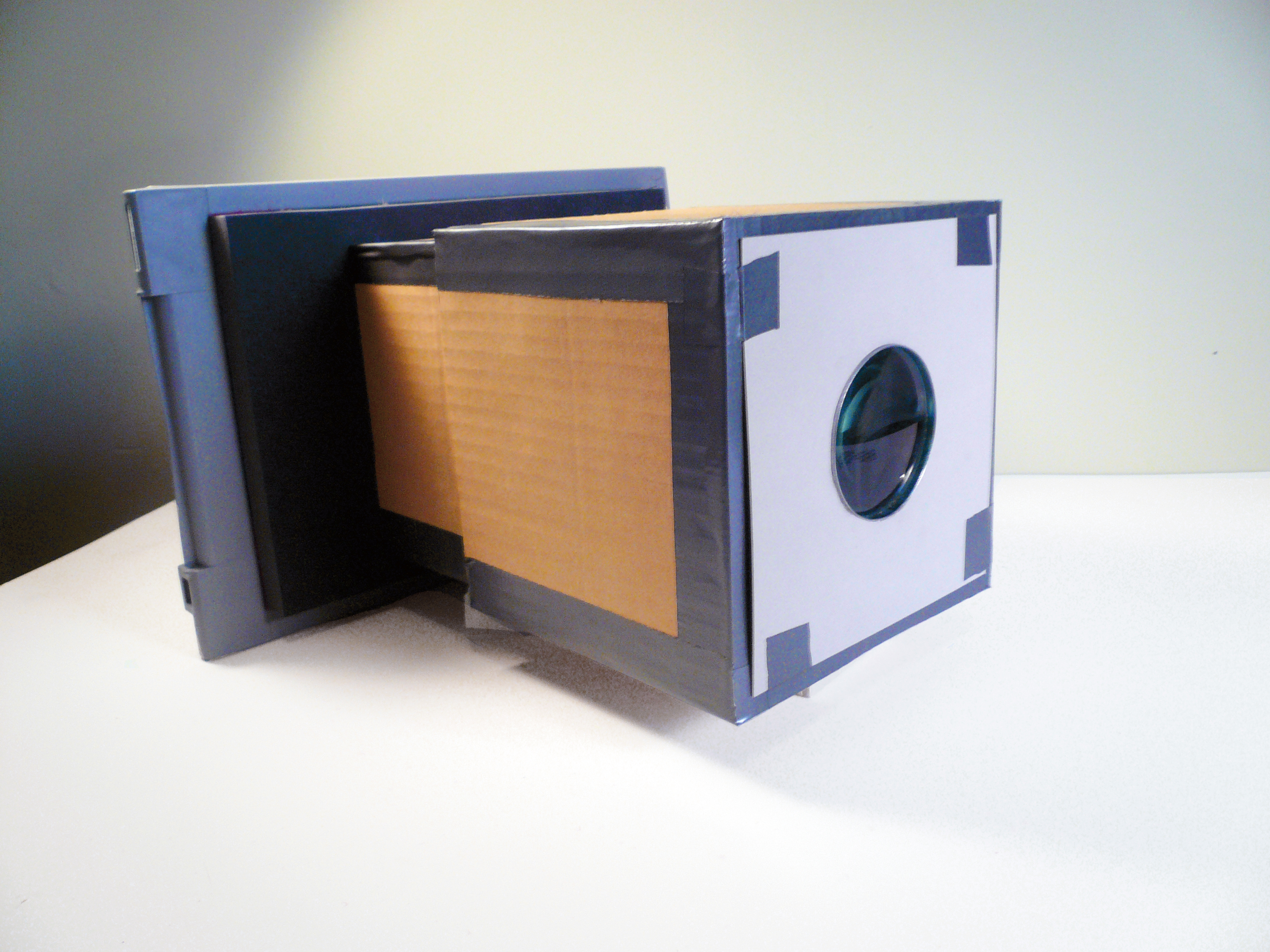Photographs taken with the Simple Scanner Camera typically feature heavy vignetting, where brightness drops off farther away from the center. Also, the scanner’s lamp can add undesired interference to a shot’s lighting.
If you’re willing to mod your scanner and dedicate it to camera use, you can get higher image quality and greater flexibility. Once you make these modifications you won’t be able to use it as a normal scanner. And if you mess things up by working too quickly, you run the risk of rendering your scanner permanently and totally useless. Assuming you’re still with me, read on.


